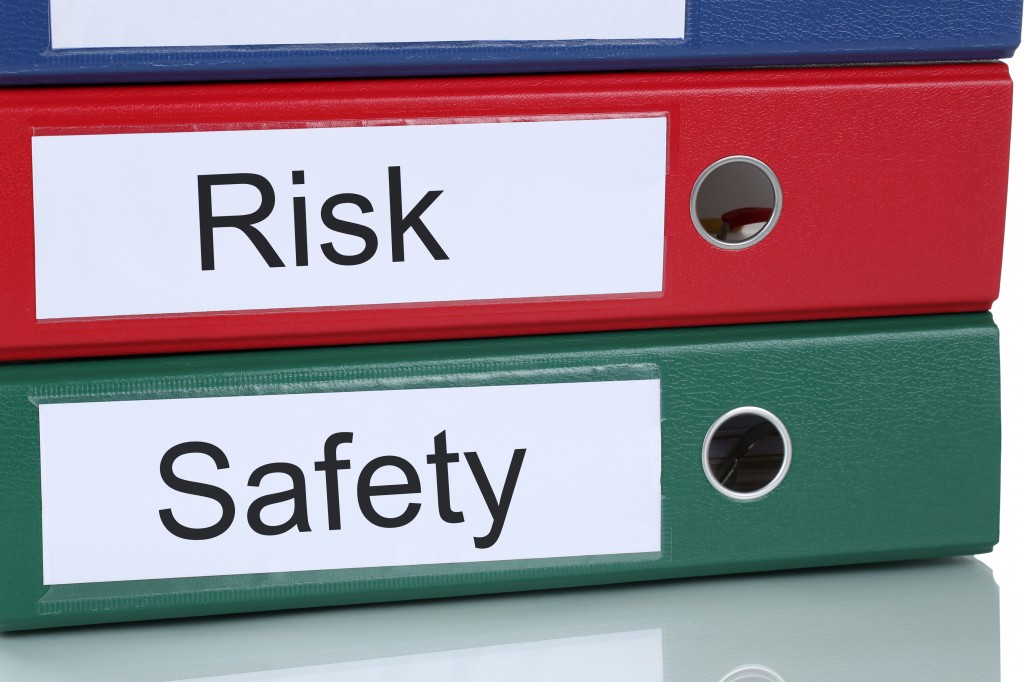Aviation Safety Management Risk Assessment Training
Sofema Aviation Services www.sassofia.com considers EASA Compliant Safety Management System SMS Risk Assessment Processes
The Challenge
We should focus on the potential SMS Return On Investment whilst at the same time
never forget the Hidden Costs of Failed Safety Systems. Unfortunately in many organisations it is a common pitfall that safety management activities may not progress beyond hazard identification and analysis. Or, Alternatively they may jump from hazard identification direct to mitigation employment, bypassing the evaluation and prioritization of the safety risks of the consequences of hazards.
The objective of safety risk management is to provide the foundation for a balanced allocation of resources between all assessed safety risks and those safety risks the control and mitigation of which are viable. Safety risk management is therefore a key component of the safety management process. Its added value, however, lies in the fact that it is a data driven approach to resource allocation, thus defensible and easier to explain.
What do we expect from the Risk Management Process?
Risk management should: create value, and:-
be an integral part of organizational processes;
be part of decision making explicitly address uncertainty and assumptions;
be systematic and structured, be based on the best available information;
be tailorable, and take into account human factors;
be transparent and inclusive, be dynamic, iterative and responsive to change;
be capable of continual improvement and enhancement.
By “putting a value” on the consequences of hazards, the safety management process provides the organization with a principled basis for safety risk decisions and the subsequent allocation of organizational resources to contain the damaging potential of hazards.
Reaching a Level of Maturity
Under mature safety management practices, hazard identification is a continuous, ongoing, daily activity. It never stops or rests. It is an integral part of the organizational processes aimed at delivering the services that the organization is in business to deliver.
It is a fact that mitigation strategies can never completely mitigate safety risks. It must be accepted that a residual safety risk will always exist, and the organization must ensure that residual safety risks are also under control.
Considering the key elements when engaging with SMS Risk Management Processes
The Evolution of Safety Thinking why we are where we are today. The Risk Management Process in a Safety Management System, of course Risk Management is an essential element of the SMS but it is only 1 part, in fact the entire process needs to work together in concert and harmony to be effective. Identifying Hazards, Safety Risk Management considering the various aspects of Safety Risk Probability, Safety Risk Severity & Safety Risk Tolerability & Developing Safety Risk Controls & appropriate Mitigations.
For additional information please see www.sassofia.com or www.easaonline.com or email office@sassofia.com
and easaonline@sassofia.com




